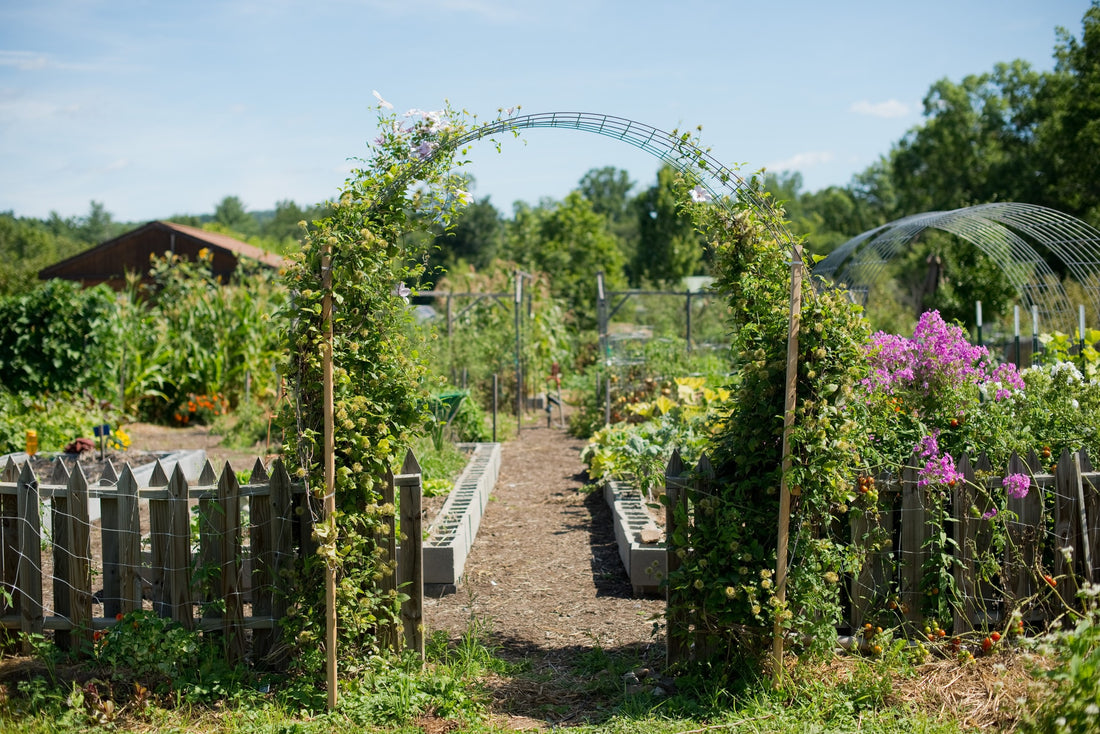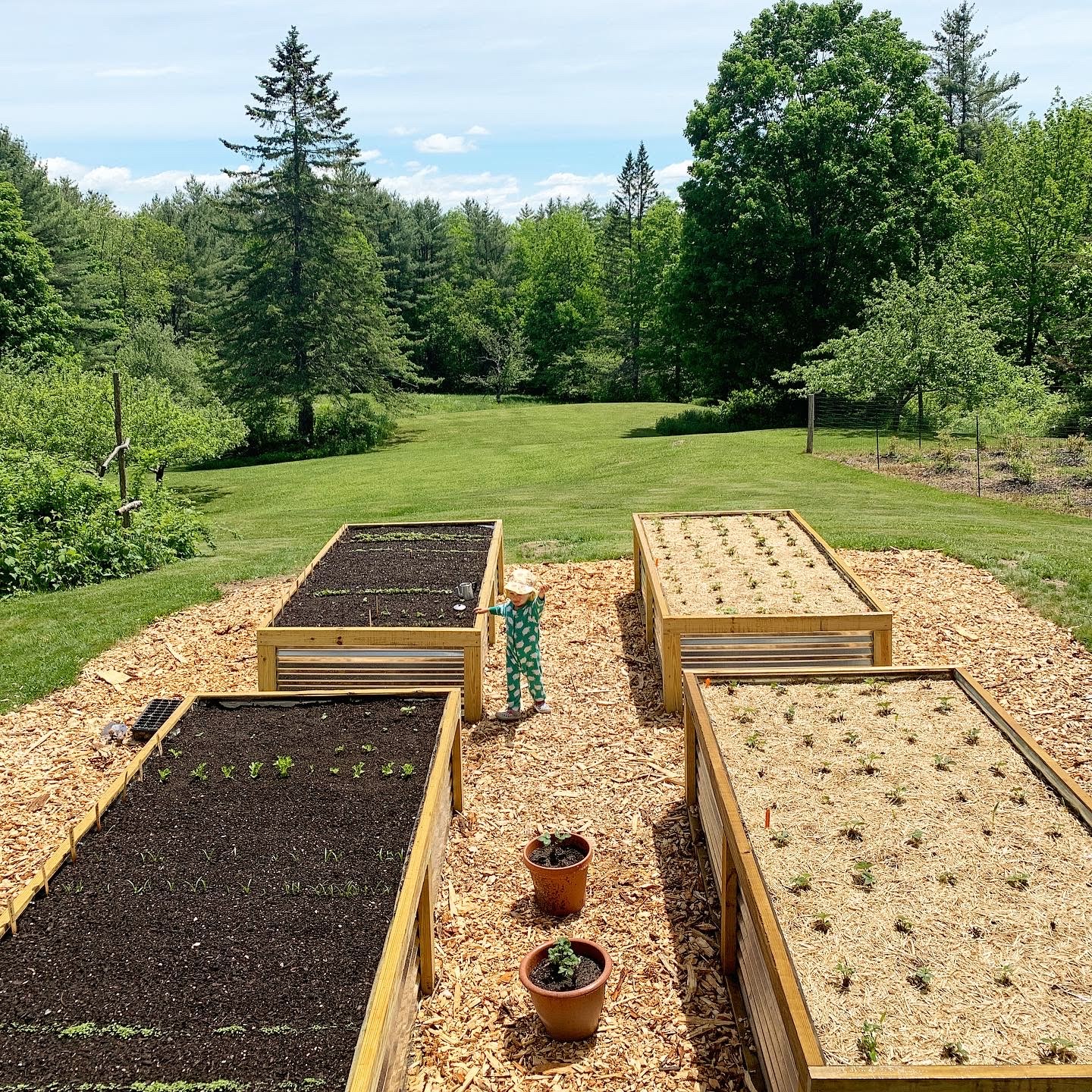Maximizing Yield in Homestead Gardening
Maximizing Yield in Homestead Gardening
Blog Article
Discover the Secrets to Creating a Attractive and Effective Gardening Area
Creating a lovely and efficient gardening area is not just an issue of growing blossoms and veggies; it requires a tactical approach that encompasses numerous vital aspects. From picking the right location based on sunlight and dirt type to thoughtfully developing your design and selecting appropriate plants, each decision plays an essential duty in the success of your garden.
Selecting the Right Location
Choosing the ideal place for your yard is essential to its success and total aesthetic appeal. The first step in this procedure entails examining sunlight direct exposure, as a lot of plants call for at the very least six hours of straight sunshine daily (Homestead Gardening). A south-facing yard commonly receives the most light, while shaded locations can restrain development and blooming
In addition, consider soil top quality and drain. Well-draining soil is important to prevent waterlogged origins, which can cause plant conditions. Conducting a dirt examination can offer valuable details concerning pH levels and nutrient content, enabling you to modify the dirt accordingly.
Moreover, closeness to water sources is another factor to evaluate - Homestead Gardening. Having very easy accessibility to a tube or irrigation system can simplify the watering process and urge regular plant treatment. Wind security is likewise essential; placing your yard near structures, such as fencings or walls, can protect it from severe winds that may harm delicate plants
Last but not least, think about accessibility for upkeep and harvesting. A well-placed garden permits for practical access, making sure that you can easily often tend to your plants without creating unnecessary anxiety or disturbance. Thoughtful place selection lays the structure for a thriving garden.
Picking Plants Wisely
When selecting plants for your yard, it's important to take into consideration factors such as environment, dirt conditions, and individual choices to ensure a productive and harmonious room. An extensive understanding of your neighborhood climate will certainly lead you in selecting plants that grow in your specific atmosphere. For instance, selecting drought-resistant selections is advantageous in deserts, while moisture-loving varieties might be better suited for locations with high rainfall.
Dirt conditions are similarly critical; conducting a dirt examination can disclose pH degrees and nutrition web content, allowing you to choose plants that will grow. Indigenous plants are typically an excellent choice, as they are typically well-adapted to neighborhood soil kinds and call for much less upkeep.
Mirror on your individual preferences-- choosing plants that resonate with your visual tastes will certainly boost your satisfaction and dedication to maintaining your garden. By carefully examining these aspects, you can develop a varied and flourishing plant option that boosts your horticulture experience.
Designing Your Garden Layout
With an attentively picked plant option in hand, the following step is to create a yard layout that takes full advantage of both beauty and functionality. Begin by examining the readily available area, thinking about aspects such as shade, wind, and sunlight patterns. A tactical layout ought to include numerous zones, consisting of areas for growing, pathways, and perhaps seating.
Beginning with bigger plants or focal factors, such as trees or tall perennials, placed strategically to create aesthetic interest. Layer smaller sized plants ahead to improve depth and appearance. Think about the development behaviors of your picked plants; taller ranges ought to be positioned at the back or facility of beds, while much shorter ones can line the sides.
Incorporating pathways not only promotes gain access to for maintenance however additionally welcomes exploration. Use products that enhance the yard's overall aesthetic, whether gravel, rock, or timber chips.
Additionally, think of seasonal modifications and just how your design will look throughout the year. Incorporating evergreens along with seasonal flowers can make certain year-round charm. Eventually, a well-designed garden design integrates the all-natural beauty of plants with useful factors to consider, causing an area that is both welcoming and effective.
Enhancing Dirt Health And Wellness

To boost soil health and wellness, start by performing a soil examination to evaluate pH degrees, nutrition material, and dirt texture. Incorporate natural matter such as garden compost, well-rotted manure, or leaf mold to enhance dirt structure, water retention, and microbial activity.
Mulching is an additional efficient strategy; it not just saves dampness yet also suppresses weeds and gradually enriches the dirt as it damages down. Avoiding excessive tillage is vital, as it can interrupt dirt structure and harm beneficial microorganisms. Rather, embrace no-till or very little tillage techniques to maintain dirt stability.

Maintaining Your Yard Effectively
A well-kept yard provides satisfaction and performance, calling for regular interest to make sure that plants prosper and the landscape continues to be welcoming. Efficient garden maintenance entails numerous essential techniques that enhance the wellness of your plants and find more information the overall visual of your space.
Regular watering is critical; nevertheless, it is essential to tailor your watering timetable based on the specific needs of your plants and local environment problems. Mulching can assist keep wetness, subdue weeds, and control soil temperature. Furthermore, timely weeding avoids competitors for nutrients and resources, making certain that your plants grow.
Pruning is another vital job. It urges healthy growth, eliminates dead or infected site here branches, and shapes plants to preserve an attractive framework. Additionally, checking for bugs and diseases is crucial; early detection and intervention can save your plants from considerable damages.
Fertilization ought to be executed attentively, making use of natural alternatives whenever possible to advertise long-lasting soil wellness. Finally, seasonal tasks such as planting, splitting perennials, and planning for winter months will certainly ensure your yard continues to be lively year-round. By adhering to these practices diligently, you can cultivate a yard that is both beautiful and productive.
Verdict
Picking a suitable place with appropriate sunlight, choosing ideal plants, developing a cosmetically pleasing design, enhancing soil health, and guaranteeing routine upkeep are essential elements. By integrating these techniques, one can grow a flourishing garden that not only enhances the landscape yet additionally promotes environmental balance and sustainability.
From selecting the right area based on sunshine and dirt kind to thoughtfully developing your format and selecting ideal plants, each choice plays an essential function in the success of your yard. Well-draining soil is important to stop waterlogged origins, which can lead to plant illness.When selecting plants for your garden, it's necessary to consider variables such as environment, soil problems, and individual preferences to guarantee a efficient and harmonious room. Ultimately, a properly designed garden design integrates the all-natural charm of plants with practical considerations, resulting in an area that is both inviting and productive.

Report this page